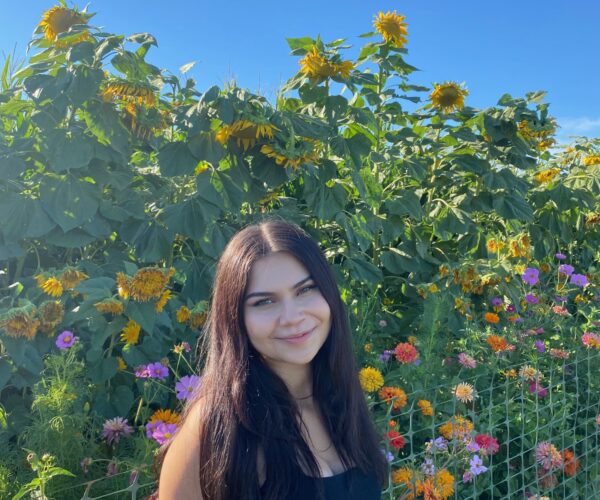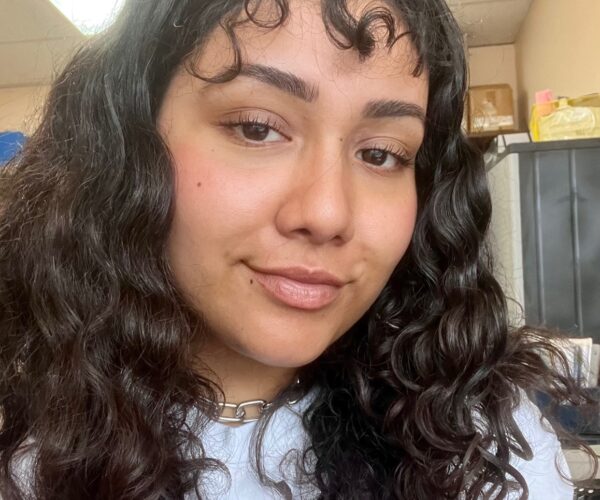URAP Summer Fellows
URAP students who have worked with the same URAP mentor for at least two semesters are eligible to be nominated for the URAP summer stipend to continue their work for five weeks over the summer. Calls for nominations go out to mentors each spring.
Establishing a System of Dynamic Microtubule Ends to Study End Binding Proteins
Urban & Rural Politics in Argentina and Brazil
Inhibition of PCSK9 to decrease LDL cholesterol in the bloodstream
Molly of Denali - Children's Perceptions of Native Peoples Through Media
An Equitable and Sustainable Transition in the Agriculture-Food System
Global Systemic Racism Book Project and EdX Course Development
Analyzing Wealth and Race Distribution in Film and Literature
Mythology of Racial Progress and Shifting Demographics
Studying Selective Attention in the Somatosensory Cortex of Mice
Investigating prophylactic and therapeutic self-medication in Drosophila melanogaster
Social Motivations in Prairie Voles
Analyzing Neuroprotective Lipid Mediator Pathways in Glaucoma
Video-Based Tracking of Clinical States in Patients with Parkinson's Disease
Excavation and Conservation at the Sanctuary of Zeus at Nemea
Entrepreneurs at Home: Cottage Food & Home-Based Childcare
Behavioral Correlates of the Chip Note in Anna’s Hummingbird
Urban and Rural Politics in Argentina and Brazil
Confocal Imaging of Lichen Symbiosis
Neurobehavioral Affective Control Training (N-ACT)
An Implicit Aiming Process in Sensorimotor Adaptation
Neuroendocrine Predictors of Dispersal Behavior
The Role of CircRNA kcirc38 in Latent Infection of Kaposi’s Sarcoma-Associated Herpesvirus (KSHV)
Morphological Characterization of Microglia Under Glaucomatous Conditions
Understanding the Role and Function of F26BP in Controlling Glycolysis
Reconstructing the Composition and Diversity of the Eocene Gulf Coastal Plain, U.S. Using Leaf Architecture Analysis
Intestinal LRH-1 and the Modulation of Bioacid Metabolism
Effects of Diabetes and Weight Loss on Bone Development.
Archaeological Analysis of Native Californian Materials from the Central California Coast
Characterizing the Freezing Tolerance of Antarctic Nematodes
Reconstructing the Paleoclimate and Paleoecology of the Eocene Gulf Coastal Plain, U.S. Using Digital Leaf Physiognomy
Language Practices and Ideologies in Real Analysis Lectures
Environmental Predictors of Evaporative Water Loss in Aegean Island Lizards
Consequences of Colony Size and Configuration on Susceptibility of Choanoflagellates to Predation by Ciliates
CHARACTERISTICS AND EFFECTIVENESS OF CHILD MALNUTRITION PROGRAMS IN THE PHILIPPINES
Mu2e Straw Tracker Calibration
Integration Testing for the General AntiParticle Spectrometer (GAPS) Experiment
Fabricating Graphene-based FETs
Lessons Learned from Implementation of Student Health Coach Training in a Hypertension and Technology Pilot Study: A Qualitative Research Approach
Decoding Cerebellum Activation in Sensorimotor Learning Tasks Using EEG
Fungal-Bacterial Interactions: The Genes Underlying Fungal Response to Bacterial Colonization
Experiences of Service Access Among Latinx Older Adults
Seeding Advanced Treated Wastewater for the Purpose of Direct Potable Reuse
Research of Black Photography
Effect of APOE2/3 on Neurodegenerative Health and Cholesterol Homeostasis in C. Elegans
Cytotoxic effect of chemical agents on nucleus pulposus cells of human intervertebral discs
Learned Representations of Tone Contours in GANs
Developing Graphic Databases for Icelandic Sagas
The Effects of Flexible Work on Worker Behavior and Learning
Human-Centered AI for Collaboration





































































































